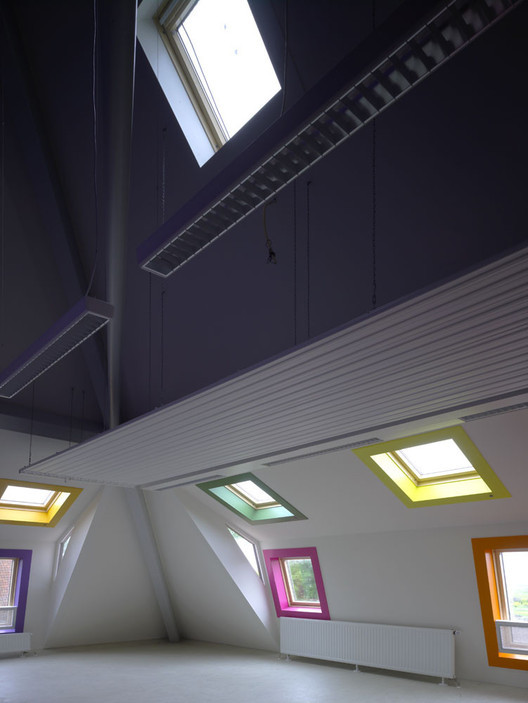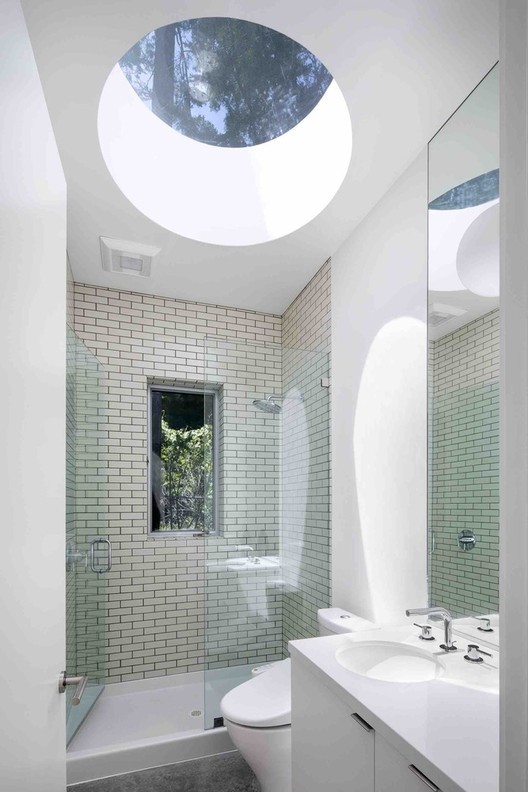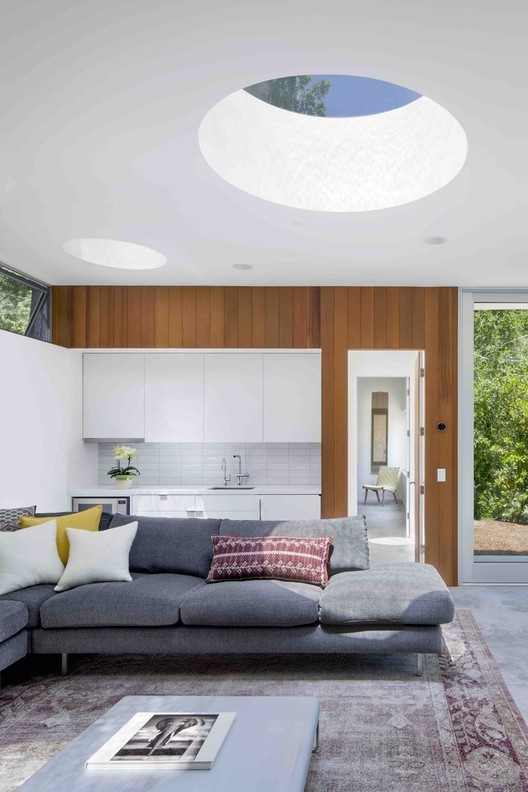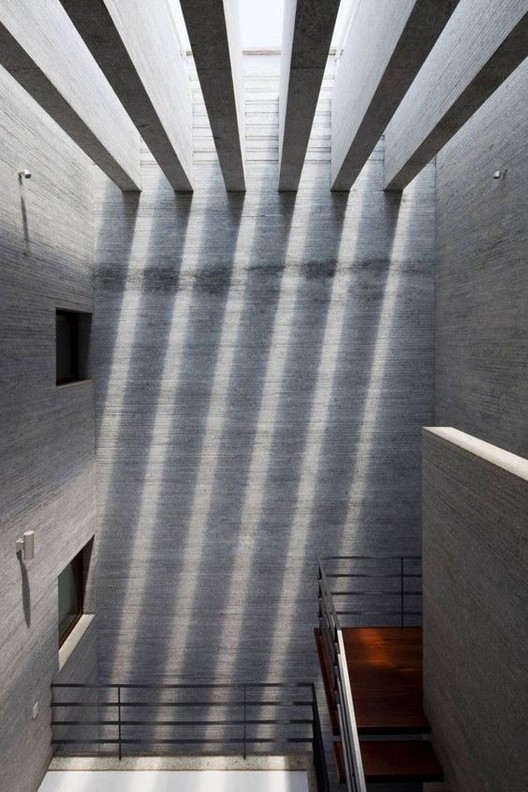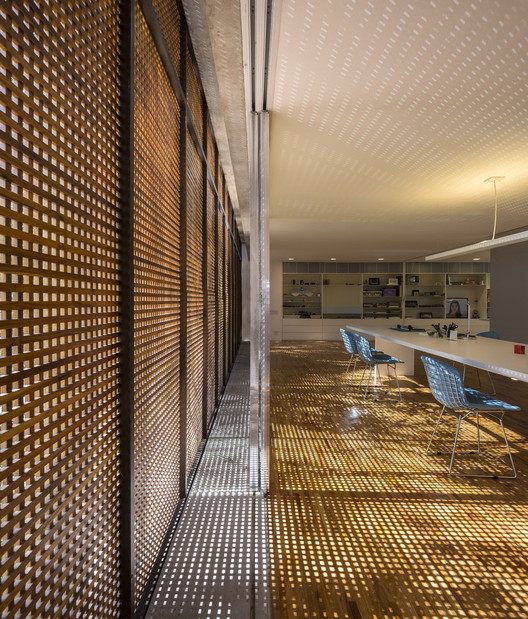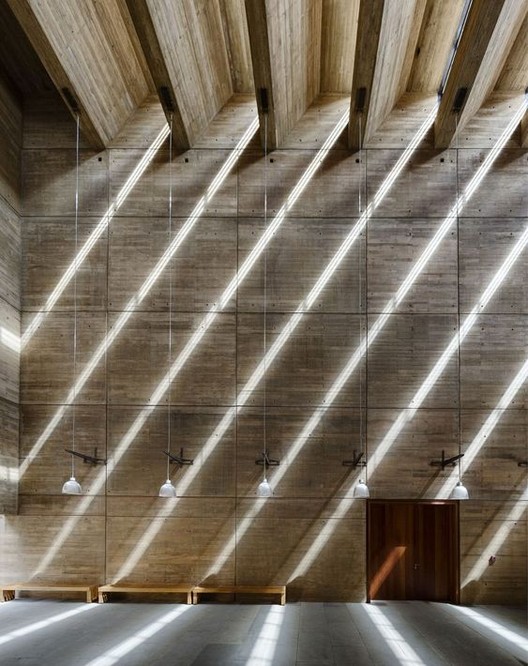
For most people, modern living requires spending most of the day in interior spaces - in fact, according to a report by the Environmental Protection Agency, the average person spends around 90% of their life indoors. As a result, this implies missing out on health benefits associated with sunlight exposure, such as vitamin D absorption, regulation of circadian rhythms, higher energy levels and even improved mood. Thus, one option is to increase the amount of time we spend outdoors. But because most daily functions are carried out inside buildings, it is crucial to incorporate and prioritize natural lighting in interiors.
Of course, too much direct sunlight penetration can also cause damaging effects – like visual discomfort and undesirable heat gains –, which is why it is essential to properly control its entry. To do so, some conventional solutions include installing shading devices or adding window treatments such as films or heat reflective glazing. However, there are many other creative strategies to efficiently control natural light and, at the same time, enhance the architecture of modern spaces, adding a strong aesthetic and emotional value.









